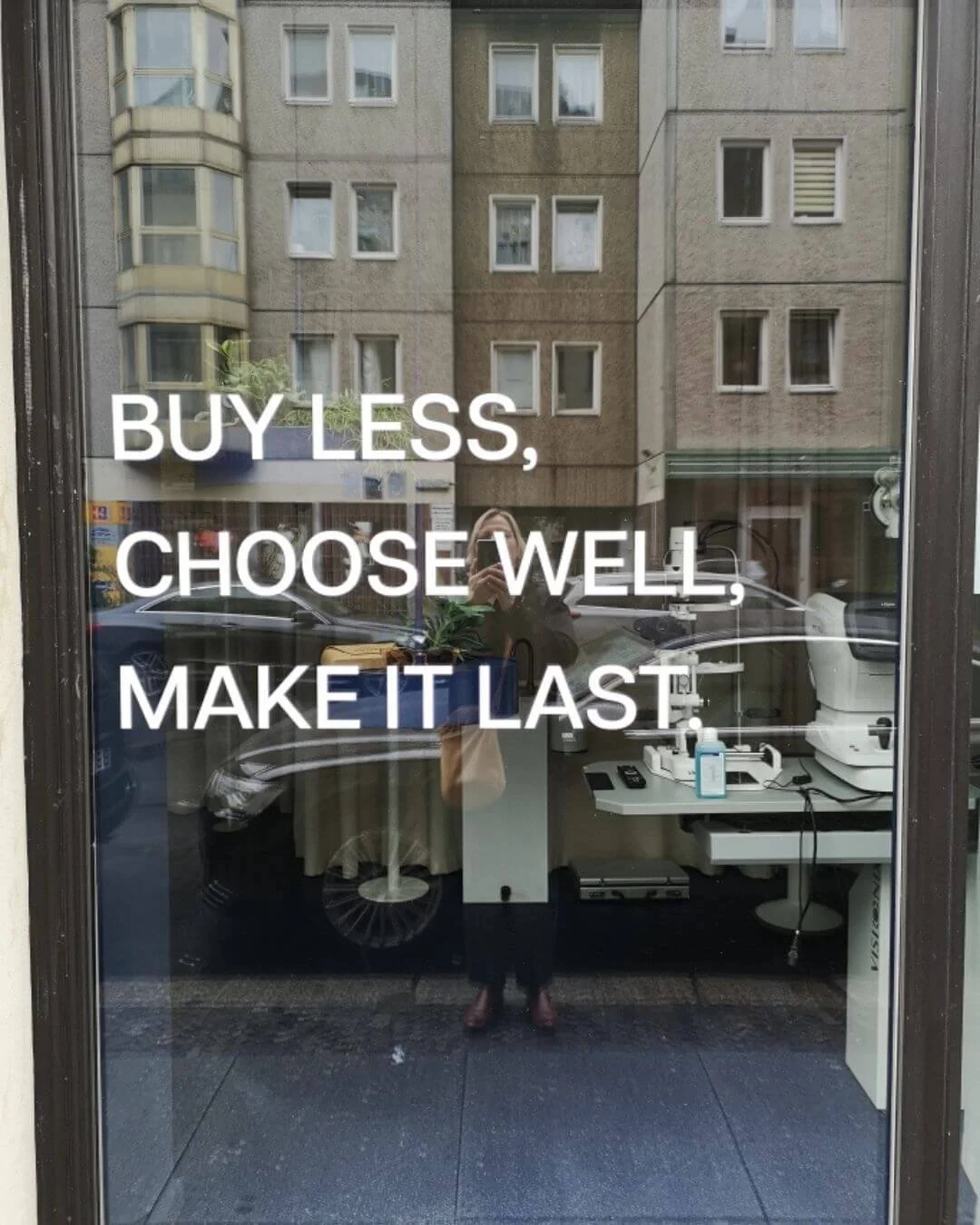Marketing Tips for Multi-Passionate Entrepreneurs
Doing marketing as a muti-passionate entrepreneur can be just as overwhelming as navigating through your different interests, new ideas, and projects, and a brain that never seems to give you a break.
I did my best to ignore marketing for years. And I didn’t sell anything. I had no business, but a creative hobby, and I loved it. If you’re overwhelmed, by where to begin with marketing your new business, this blog post is for you.
To be honest, I’m still trying to get my head around how to do marketing in a way that feels good and that feels natural. I haven’t got a one-size-fits-all marketing plan, I don’t believe in them, what I’m sharing here is what I’ve tried, and what works best for me.
I’ve tried Pinterest, Instagram, blogging, and email, all of which are now called content marketing. SEO seems to be working for me to get creativity coaching clients.
I’ve even dabbled a little in Facebook ads and Pinterest’s promoted pins, but not enough to get good results. For the time being, I’m sticking to organic and content marketing. The type of marketing where the cost is time.
Tips to marketing as a multi-passionate entrepreneur
My biggest challenge has always been, how to do marketing when I have multiple passions/interests, many things I can do, and many things I like and can talk about.
How can I do marketing, when I don’t know what I’m really selling, and if I do know, how can I do marketing when I change my mind every few months?
And I hear the same challenge from other incredible creatives in my community.
The most important thing about marketing is, to find a way of communicating your business, that feels good and gets you the results you want.
The tips I’m sharing in this blog post, are a holistic approach, very much based on understanding your thoughts, your approach, and how you like sharing, so it feels more natural than forced.
You can just talk about your business. Share your process, speak on Insta Stories, and write blog posts. You can do anything you want, in any way you want.
These 6 tips are if you like a little bit of structure (or need it), to get started with doing marketing consistently.
Tip: Figure out how you feel about marketing
You can approach these tips in any order you fancy, however, I do recommend you start by getting your head around the stories you have about doing marketing.
If your energy is full of dread every time you think about marketing your business, you won’t want to do it, and we will all feel that energy.
I’m not saying you have to wait until you love marketing before you share your work with us. In fact, I believe in sharing bits of your process from day one, if you can, but I do believe it’s harder to market if you hate it.
Specifically, what you can try and do is:
Be curious about what stories go on in your head around marketing
Look for people who do marketing in a way you like.
Why do you like how they do marketing, and how can you be inspired to try something similar in your own way?
Tip: Who are the customers you want to find you?
A narrow way of thinking about niches and creating a customer avatar is a huge block for me and my fellow multi-passionate entrepreneurs.
It’s true, it’s good to know as much as you can about the type of person who needs what you sell, but I don’t believe you need to worry about making up a name, where they live, or what they look like.
It’s more about categorizing by her actions, what does she want to do?
What does she want to achieve, and what gets in her way?
My customers and clients are from all over the US, Holland, Italy, and other countries in Europe. They are ages 22 - 50 and have a wide variety of skills and experiences.
What they have in common, is a wish to build a small successful business, using their multiple passions, in a way that is joyful, effective, and sustainable.
What gets in their way, is their creative, busy, multi-passionate mind. They are overwhelmed and want clarity and a sustainable structure for moving forward.
If you have trouble finding out who your best muse is, use yourself as your muse. Start broad and as you get further on your journey, you can always adjust.
It’s all good.
Tip: Be clear on your message.
This is the BIG one for us multi-passionate creatives, isn’t it? Knowing what to say when your thoughts are muddled up.
This tip is the most challenging for you, maybe it is for you too, and if it is, I recommend you take the time and do some inner work here.
Use any tools you can for some clarity, Doodle, mind maps, vision boards, mood boards, journal, get a coach, and talk to your friends.
Getting clear on your message deserves its own blog post, but these questions might be helpful:
If you had the world’s attention for 1 hour via a big mamma microphone, what would be your message to the world?
What do you think is really wrong with the majority of your industry?
What do you believe deeply and is something you’d like to help make better or easier?
If you had to give a 20-minute TED Talk tomorrow, what would it be about?
“You can’t sell anything if you can’t tell anything”
Tip: What is your creative preference?
If you’re a mainly visual person, who loves a certain aesthetic look, maybe your marketing has to have visual elements, like photography and making graphics.
If you enjoy writing, perhaps your main marketing efforts could be in writing blog posts, or word graphics. Maybe writing emails is your thing.
Maybe starting a podcast or asking to be a guest on other people’s podcasts, is the right fit for you if you’re most comfortable talking about your business.
You can always do a combo of the different types and styles of marketing. We like to not stick to one thing as multi-passionate creatives, but I invite you to notice which type of creative preference, you feel most pulled towards.
Tip: Pick your marketing platform(s)
If you have an idea about who you’d like to attract, you might also have an idea about where she is hanging out.
Pinterest is my favorite marketing platform, and as it’s a visual search engine, it feels more in tune with my introverted self.
Apart from being a search and discovery platform, another thing that attracts me to Pinterest, is that people don’t care about me.
97% of searches are not brand-related. This means you can be a tiny new business, and do better than huge brands, with massive marketing budgets, IF you’re creative with your pins, you know your keywords and share inspiring and relevant content.
Pinterest has just released new features in its quest to become a leading shopping platform for creatives. In my opinion, it’s a platform to keep an eye on.
Instagram is also visual, a place where you show yourself in stories, IGTV, reels, and lives. I like Instagram, but also find it extroverted and time-consuming.
Although I’ve taken an expensive course on how to use the Gram for business, I’m still not on it enough to get big results.
LinkedIn is still mainly for business-to-business marketing but has grown loads in the last couple of years. It’s also keyword-based.
Blogging is still super powerful for any business, especially a small creative business with a small budget. Apart from being great for SEO (getting found on Google), a blog is a great way to show and tell what your business is about, how you can help solve your customer’s problems and show your creative flair and style.
My best tip for picking a marketing platform is to pick the one you enjoy most. Not as a consumer, but as a creator.
A tip for some: Create a marketing strategy + plan
If the words “strategy and plan” make you want to click away, I’m with you. I have tried planning content and creating a half-arsed strategy, but those things drain me and work as creative blocks.
But strategy and planning may work for you.
A marketing strategy is your approach to creating attention around your business. It’s the why behind your work.
A marketing plan is how you’re going to do it. It’s the when and the what work you’re going to do.
Very simply, having a strategy is to avoid not knowing what to post.
Having a plan is so you know when you’re posting.
An example could be: You have a course you want to sell. These are 10 Insta posts I’m going to post talking about the problem it solves, who it’s for, and what it is. That’s your strategy
You’re setting time aside on Tuesday to create the posts and upload them to a scheduling app. That’s your plan.
As a multi-creative entrepreneur, having a loose plan may be super helpful.
If you struggle with this, definitely read my interview with Andrew Folts of fthelines.com and learn about his “creative orbit”.
Also, if you’d like my help with your multi-creative business, feel free to check out my creativity coaching and fill out the form on my contact page when you’re ready to book.



